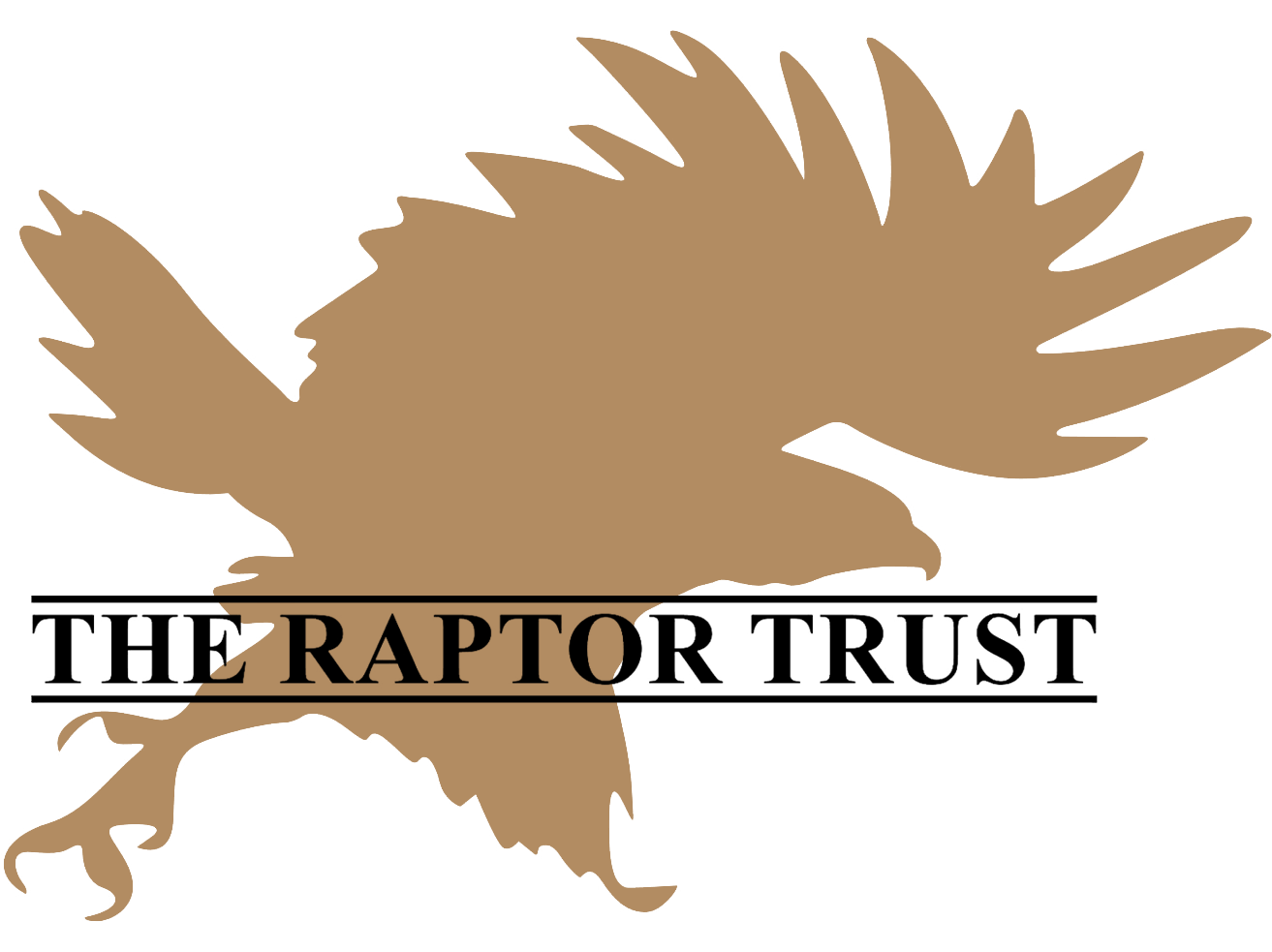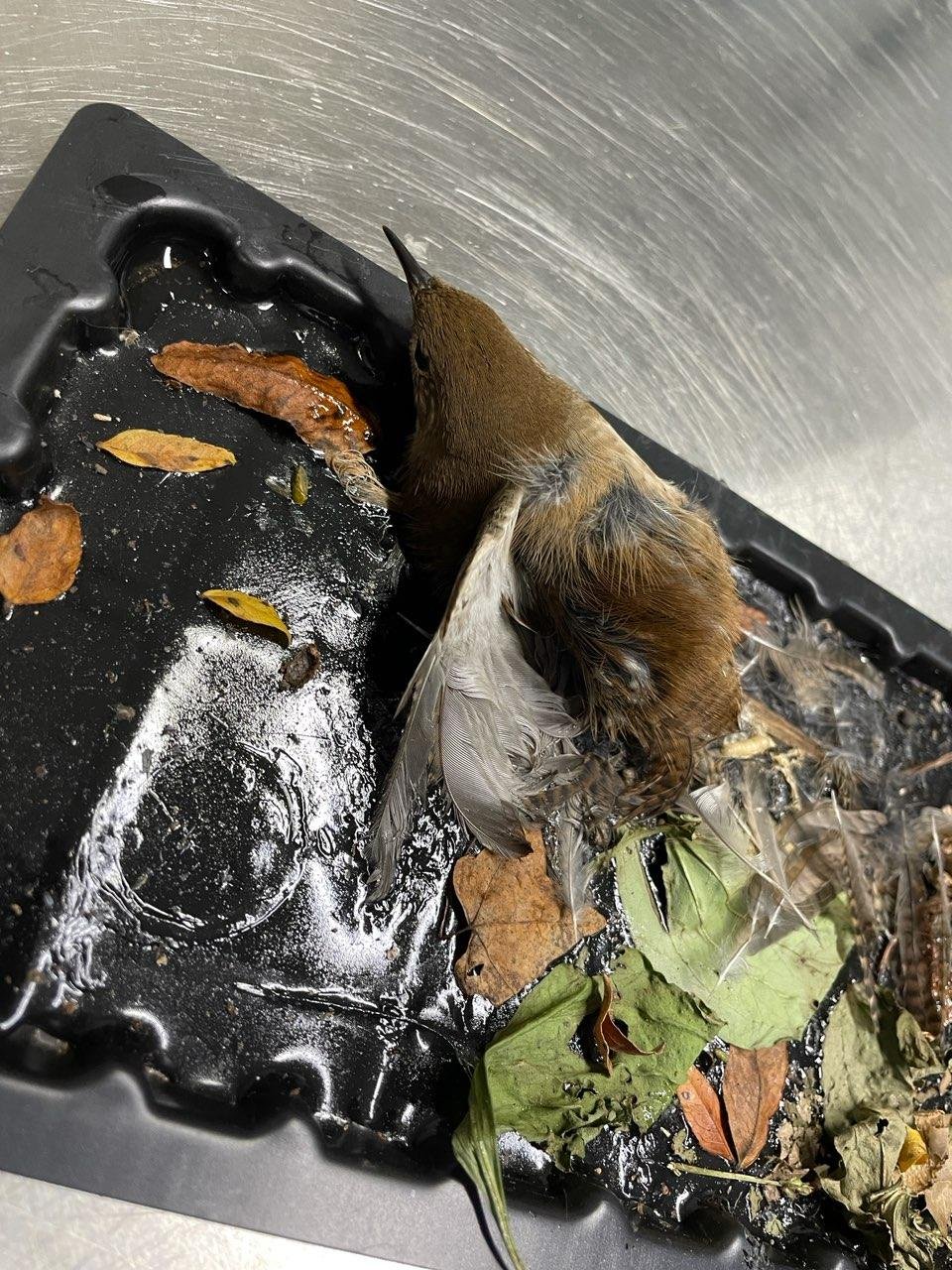Preventing Bird Injuries: Nests
Many wild bird injuries are caused by, or related to, human activities. The vast majority of the injuries are accidental and often difficult, if not impossible, to prevent. But there are precautions you can take to minimize the chance of a wild bird becoming injured because of your activities. We believe the following suggestions will be helpful to you, and the birds.
We hope the ideas and suggestions presented here will help you in preventing avoidable nest injuries to our wild birds.
Eastern Screech Owl Nest cut down
Look for Nests Around Your Home
Every spring we receive calls from people concerned about birds nesting in peculiar places around their homes, such as in hanging plants or exhaust vents. Some birds will nest anywhere there is an opportunity, and a sheltered nook of your house may seem to them like a perfect spot to raise their family. If birds have taken up residence in a safe location around your home, make sure they stay free from disturbance, avoid activity near their nest, and keep your cat indoors. If the birds pose a minor inconvenience, be patient, they will soon leave of their own accord. Baby birds grow up quickly; most leave the nest within three weeks after hatching, some even sooner. So if at all possible, tolerate their brief stay. Discourage birds from building nests in dangerous or intolerable locations around your home. If you see nest building activity in a poor location, try to deter the birds by loud noise, clapping, shouting, and movement, such as waving a towel. If there are already eggs or babies in a nest which is in an inappropriate place, call us for advice.
Look for Nests Before Cutting Trees and Shrubs
Many of the orphaned baby birds we receive are brought by people who have inadvertently disturbed a nest when pruning or removing trees and shrubs. Nests are usually well camouflaged and often go undetected. Carefully check for nests before you trim trees, hedges and bushes.
Whenever possible, avoid removing trees and shrubs in spring and summer, the prime nesting seasons. Wait until fall when the nests are no longer in use. If you hire a tree service or landscaper, ask that they take these same precautions.
Some birds form a hollow or use a pre-existing hollow in a tree for a home. Such cavity nesters, like screech owls and woodpeckers, could be inhabiting what appears to be an unoccupied tree. Many of these birds will use a hollow for a roost throughout the year, so regardless of the season, check the cavities of a tree for occupants before cutting it down.







